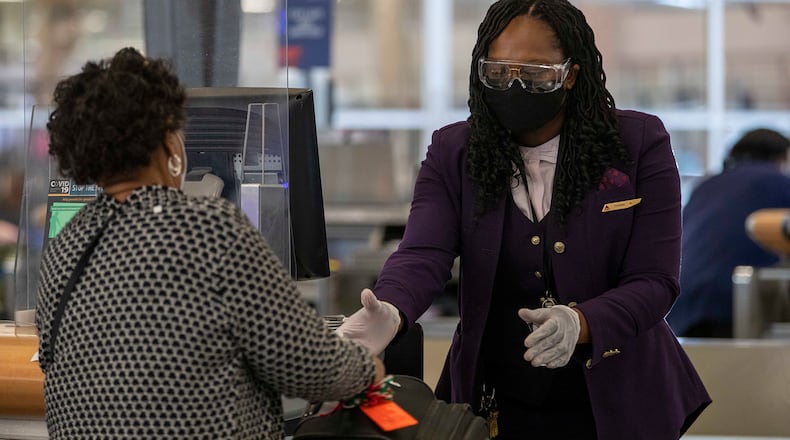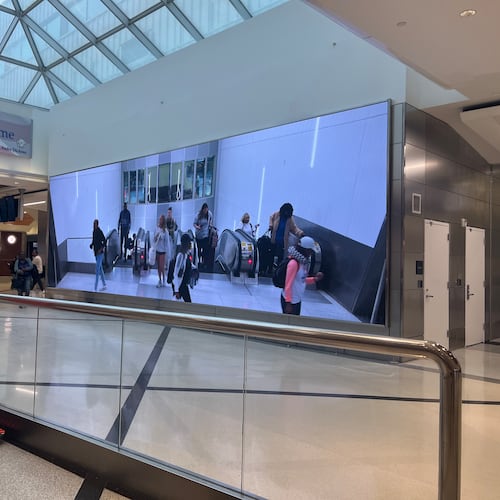Delta Air Lines says its U.S. workforce has become more diverse this year, with minority and female representation rising throughout most of its ranks.
But the Atlanta-based airline is still struggling to narrow large racial, ethnic and gender disparities in leadership positions, according to its “2021 Close the Gap Report” issued this month.
“A picture of equity says that your leadership should look more like your front line, and our front line is extremely diverse,” said Keyra Lynn Johnson, Delta’s chief diversity, equity and inclusion officer, in an interview.
Many big companies in Georgia vowed to increase employee diversity in the wake of last summer’s street protests against racism after the highly publicized killings of several African Americans including Ahmaud Arbery, Breonna Taylor and George Floyd.
Delta said last August it would double the percentage of Black senior executives and board directors by 2025, from 7% to at least 14%. This January, the company launched a parallel “close the gap” initiative aimed at increasing minority and female representation in its highest ranks.
According to the airline’s latest progress report, Black workers made up 23.8% of Delta’s front-line personnel — including flight attendants, baggage handlers and customer service — in the second quarter of this year, up from 22% in the first quarter.
Black representation among high-level managers inched up to 8.7% from 8.4% over the same period. But among officers, roughly the company’s 100 most senior executives, Black representation dipped to 7% from 7.3%. Delta’s 12-person board has two Black directors, unchanged from last year.
The numbers are based on Delta’s employees based in the U.S., U.S. Virgin Islands and Puerto Rico, and expats.
Female representation in Delta’s workforce also grew, but the gender gap remained wider in senior management. The percentage of women in front-line positions rose to 41.2% in the second quarter from 40% in the first quarter. Women made up 29% of officers, up from 28.1% the quarter before.
Among minorities including Asian, Hispanic, Native American, Alaskan, Hawaiian and people of two or more races, front-line worker representation remained unchanged at 21.1%. Representation among higher-level managers inched up to 17.6% from 17.5%, and 16% of officers, up from 13.5%.
“We’re making headway and know that even harder work remains ahead,” Johnson said in a written statement.
About the Author
The Latest
Featured



